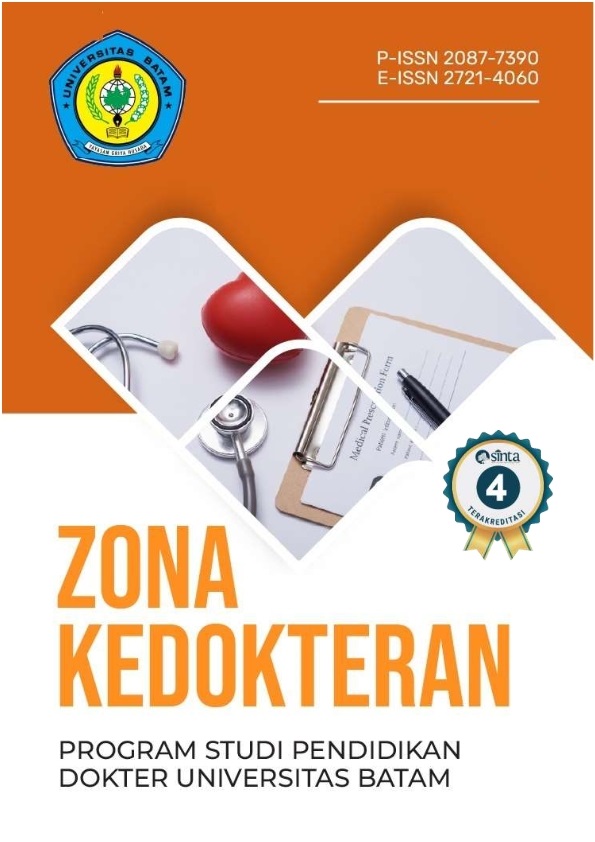EFEKTIVITAS FISIOTERAPI (TENS DAN INFRARED) PADA PENANGANAN KASUS LOW BACK PAIN DITINJAU DARI FLEKSIBILITAS LUMBAL DI RSUD KOTA TANJUNGPINANG
DOI:
https://doi.org/10.37776/zked.v15i3.1945Abstract
ABSTRACT Background: Low Back Pain (LBP) not only disrupts daily activities but can also negatively impact an individual's quality of life and productivity. Physiotherapy treatment has proven to be one of the effective non-pharmacological methods in managing LBP. Physiotherapy plays a role in increasing lumbar flexibility and reducing lower back pain. Various physiotherapy techniques can be applied, including TENS and Infrared. Methods: This study uses a pre-experimental design with a one-group pre-post test approach. The sampling technique used is accidental sampling with 31 physiotherapy patients experiencing Low Back Pain at RSUD Kota Tanjungpinang. Data were collected using Schober test observation sheets and Visual Analogue Scale (VAS). Data analysis was performed with paired t-test statistics. Results: The study results showed that after physiotherapy was performed, limited lumbar flexibility drastically decreased to 6.5%, while patients with normal flexibility increased to 93.5%. There was a significant improvement in pain levels, with 64.5% of patients experiencing mild pain, 35.5% experiencing moderate pain, and no patients experiencing severe or very severe pain. The paired sample t-test result obtained a p-value of 0.000. Conclusion: Physiotherapy (TENS and Infrared) is effective in managing Low Back Pain cases viewed from lumbar flexibility at RSUD Kota Tanjungpinang. Keywords: Low Back Pain, Physiotherapy, TENS, InfraredDownloads
Published
Issue
Section
License
Copyright (c) 2025 Luis Yulia, Andi Ipaljri Saputra, Elca Anastasia Ramadhani

This work is licensed under a Creative Commons Attribution-NonCommercial-ShareAlike 4.0 International License.






